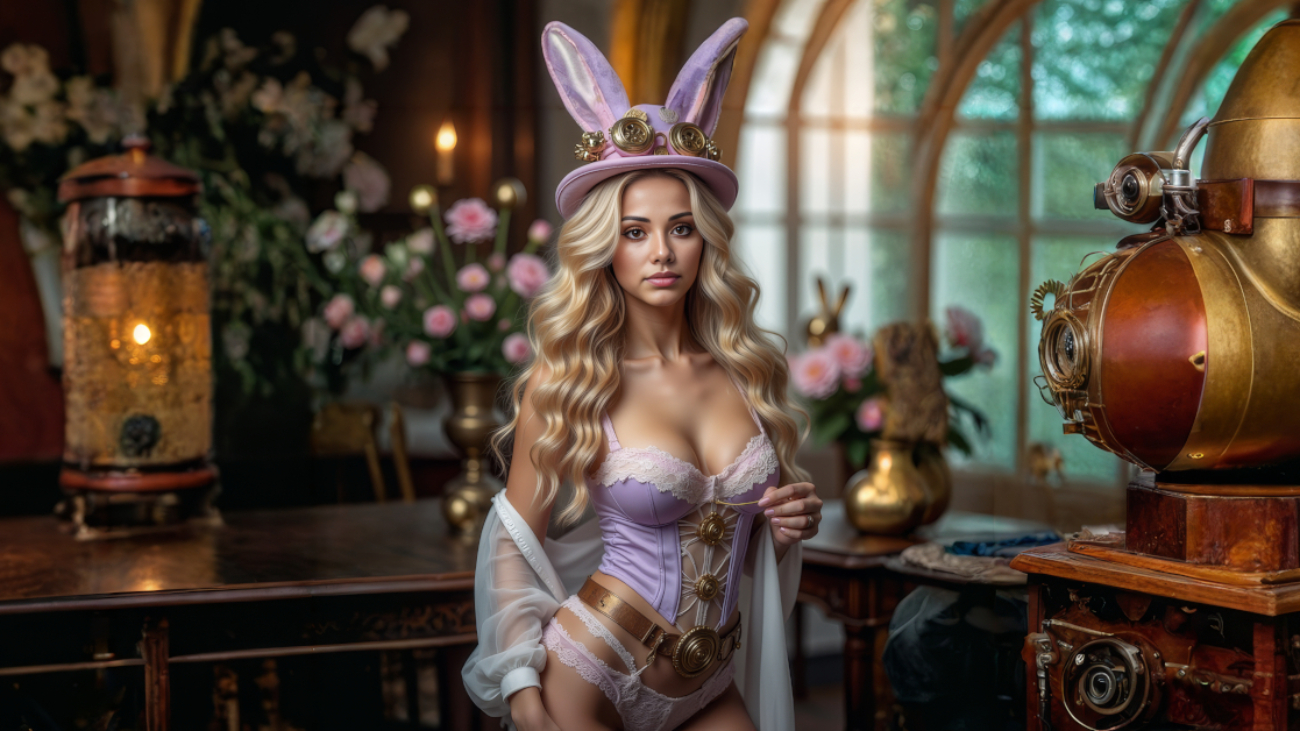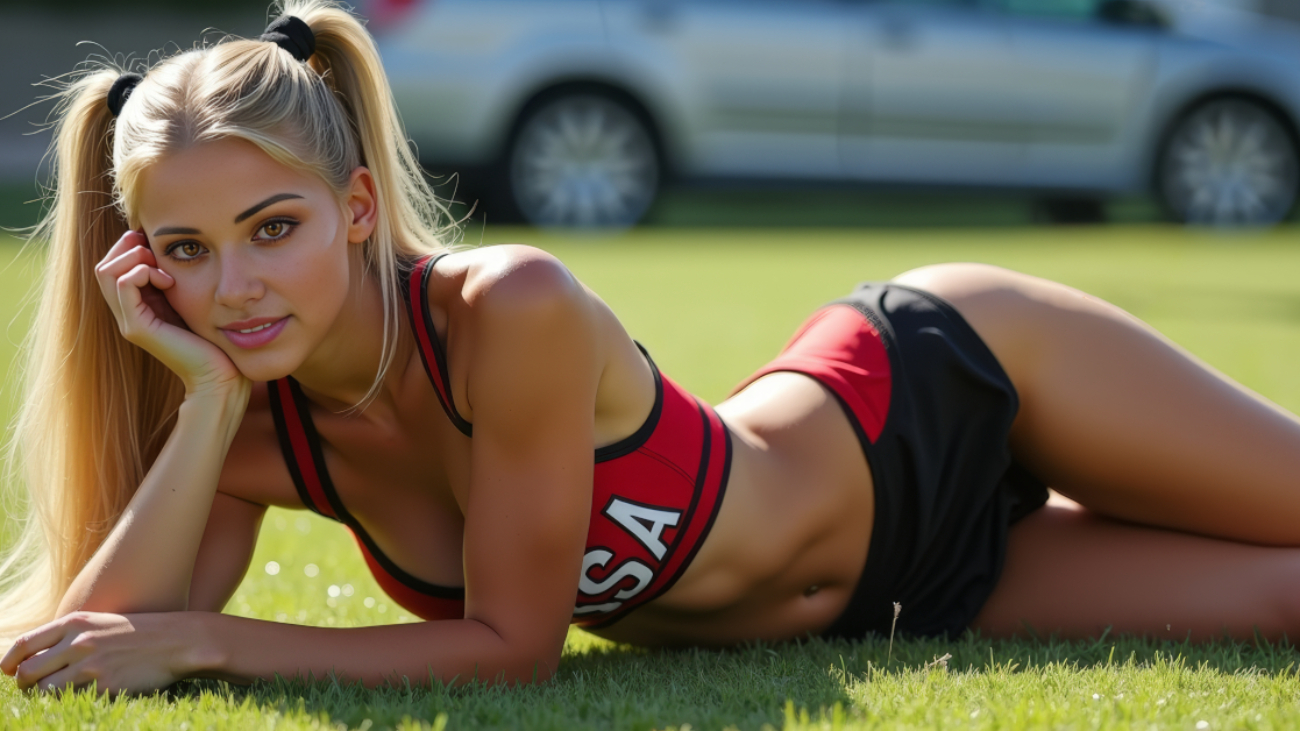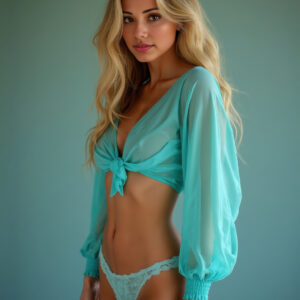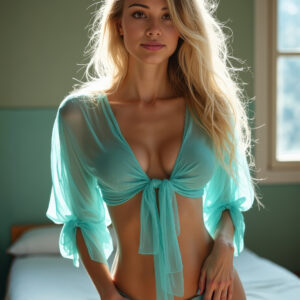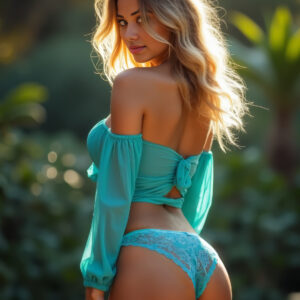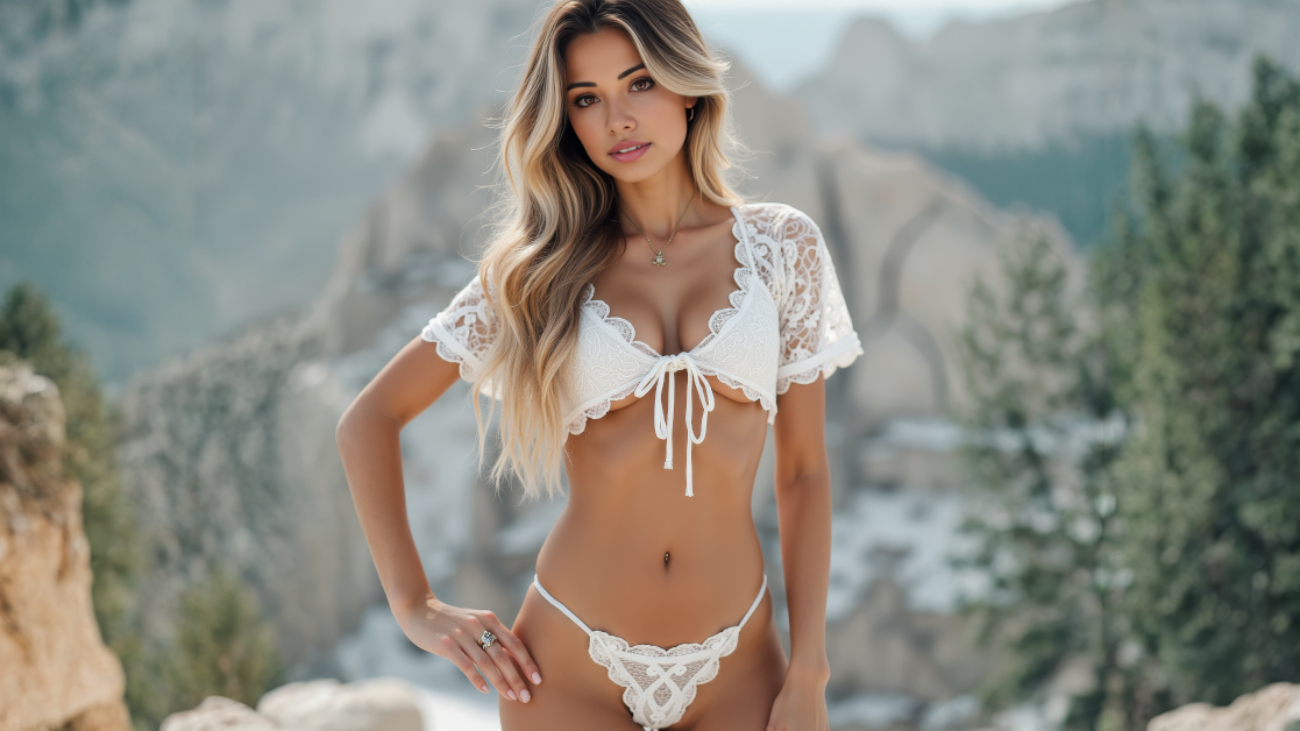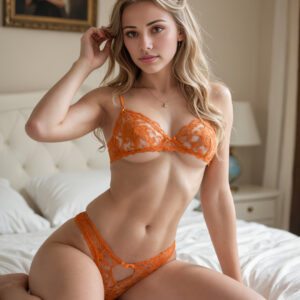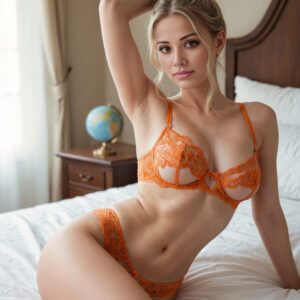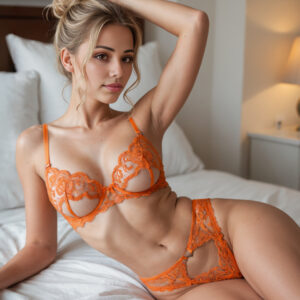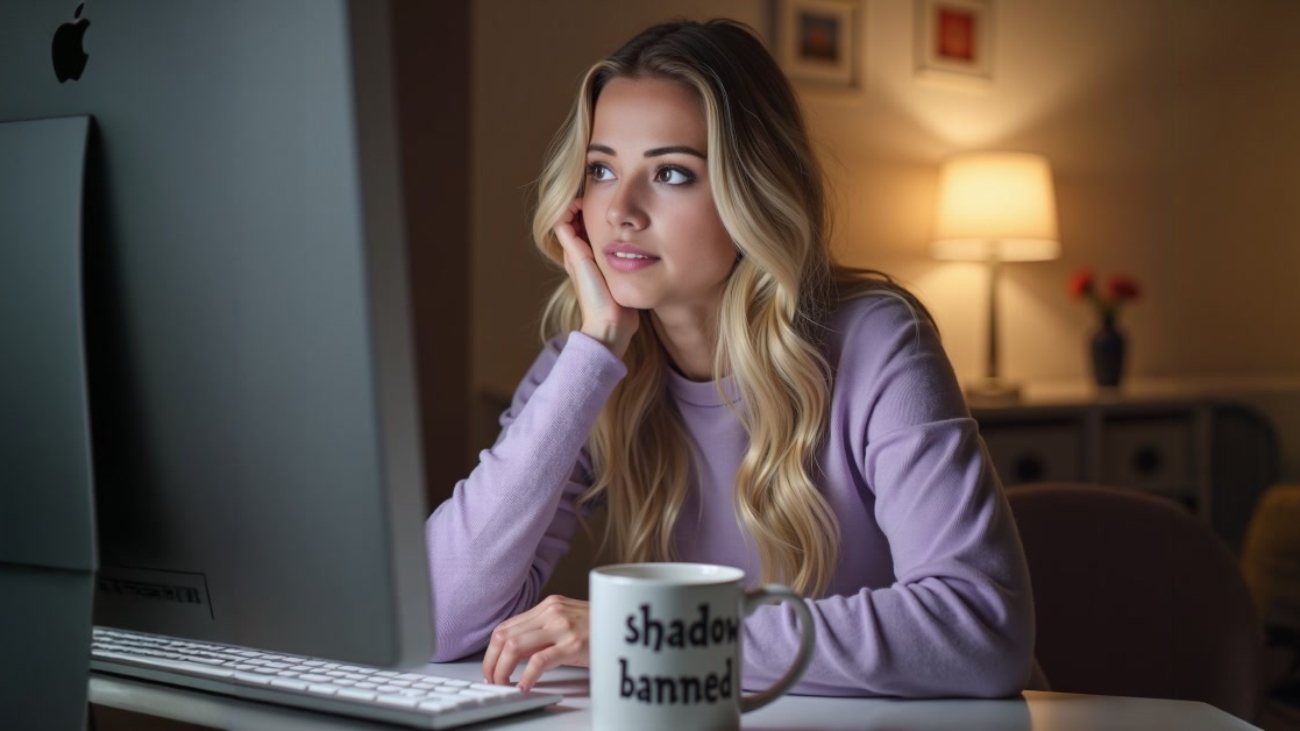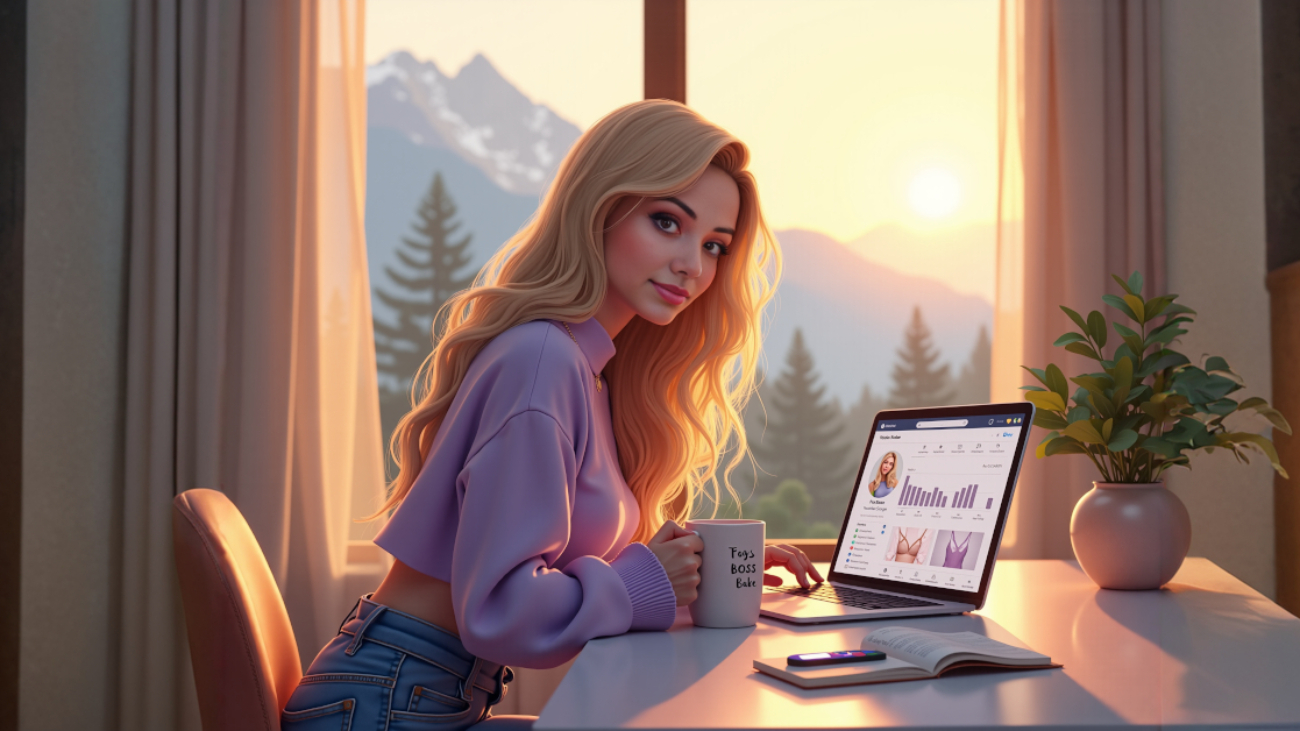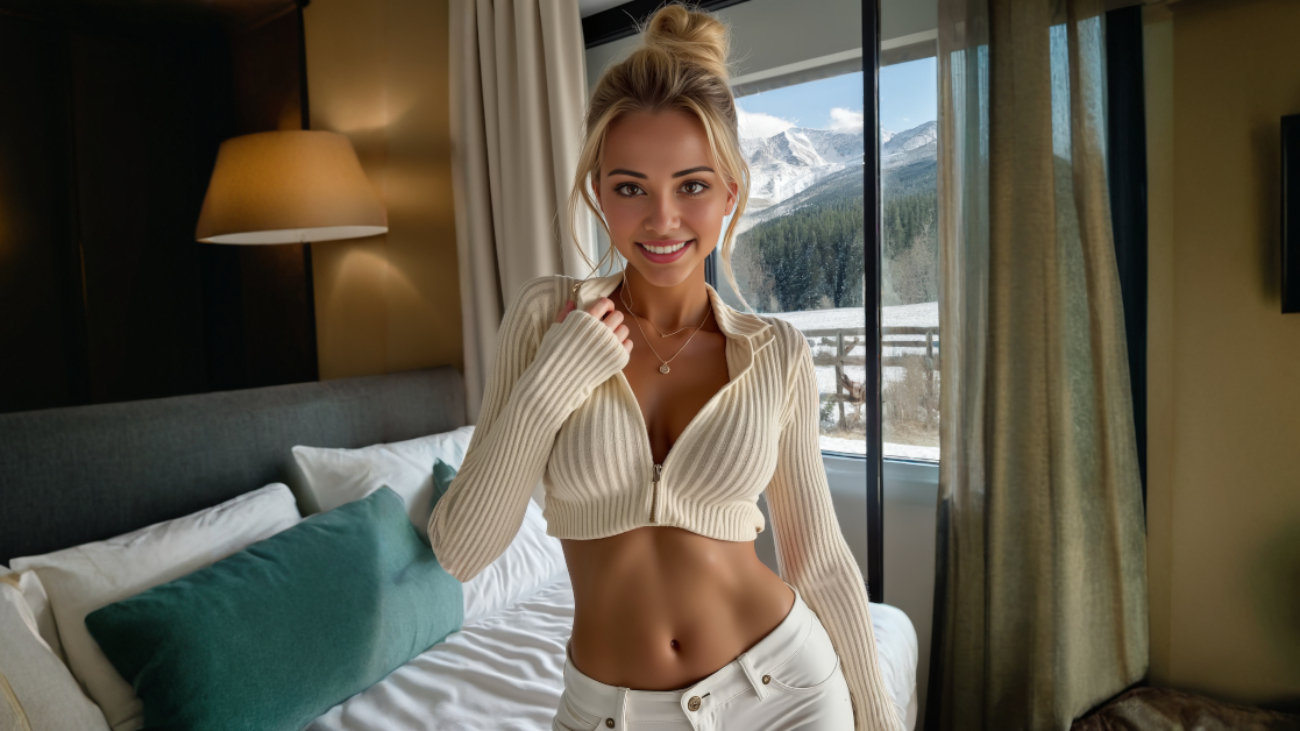Some say love is a straight path — a quest with one destination. But what if the one we seek wears many faces? This is the tale of Michael, a knight whose heart longed for a love deeper than time, more powerful than fate. His journey would take him across realms both magical and mortal, where five women would each steal his breath — and teach him something he didn’t yet know about love… and about himself.
As you turn each page in this story, you’ll meet her again and again… until at last, you understand.
Prologue: The Knight Who Dreamed of More
They called him brave. Loyal. Steadfast.
But in the quiet hours, when the stars hummed and the world hushed, Michael longed for something no sword could win — not a battle, but a longing.
He had heard stories of a woman who was more than beauty, more than magic… a woman made of moments, of mystery, of many truths. They said she lived in no one place, that no man could hold her — only hope to see her clearly.
So, he left behind his title, his station, and the life he’d always known.
Not to conquer.
But to understand.
To find her — all of her.
And so, the quest began…
The Moonlit Oracle
On the 10th day of his journey, high atop a cliff bathed in silver moonlight, Michael sees a woman shrouded in velvet mystery. Michael climbs the cliff walls hearing the waves of the ocean breaking on the rocky terrain below. He finally reaches the top. He is mesmerized by her beauty. She speaks in riddles and circles and prophecy. Yet she does offer him one clear truth: “You must know me to love me… but do not expect to know me all at once.”
The Moonlit Oracle
“Love,” she says, “is not foretold. It is chosen.” Michael asks if he could be the one she could love. She smiles and summons him closer and just as his lips were about to touch hers, she vanished in the moonlit mist. Michael called out for her. He heard her voice faint and distant, "You must know all of me, find all of me." Michael was not sure he understood but he knew he must continue his quest.
The Queen of Embers
After days of travel, Michael came to a realm where he walked across miles and miles of scorched plains. He reached a palace ablaze in fire. As he enters the grand doors of the palace he is drawn to the firelit throne of a queen whose passion burns as bright as her eyes. She summons him to sit with her at the foot of her throne. He feels his passion for her rise in him. His desire for her builds and burns red hot inside him. She is regal, radiant, and untouchable — or so he thinks. Until her eyes soften.
The Queen of Embers
“Love is not weakness,” she tells him. “It’s the fire you survive together.” She dares him to face the flame of love—not the easy warmth, but the transformative blaze. Michael rises fearless to walk through the flames that surround her but just as his hand reaches to touch her cheek she vanishes into smoke and the flames are extinguished. He calls out for her, and he hears her voice faintly, "You must know all of me, find all of me, Michael!"
The Forest Enchantress
Michael continues on his quest and among the ancient trees and tangled roots of a magical forest, Michael finds her again, this time barefoot and wild, with secrets in her smile. She has flowers in her hair, she seems delicate and breakable. She speaks of love being patient, curious, and quietly blooming like moss beneath shadowed trees. He hears a flock of Starlings fly overhead, and he looks up to see them. When his gaze comes back to rest on her she is gone. He cries out to her and he hears her voice summon him, "I am here Michael." He walks toward the light that breaks through the curtain of trees and vines.
The Forest Enchantress
As he breaks into the light she is there waiting in a glade where time forgets to pass. The forest animals play with her in the lush emerald colored meadow as she laughs. Flowers bloom beneath her bare feet. Her laughter is the music of moss and wind. He thinks she’ll vanish again if he blinks. Finally, her gaze meets his and she says, “Love,” she smiles, “is not a cage. It’s the wind that dares you to fly.” He steps to her and just as his arms are about to embrace her, her form turns into a flock of Starlings, and they circle him once and fly away. As they fly off, he hears her voice in the winged churned breeze, "find me Michael, find all of me."
The Time Weaver
Michael travels for days more, searching. He crosses a barren desert. He thinks he is going mad because he begins to hear the sound of ticking clocks in his head. In the middle of the desert, he finds a golden temple. He enters and realizes that the sound of the clockworks was coming from here. He follows the sounds of the ticking, and they grow louder until he enters a grand room and sees her there dressed and decorated in golden hues. He meets her in a realm of golden gears and forgotten dreams. He watches her. As she moves her hands, they spin the threads of past and future.
The Time Weaver
She shows him that to love her is to accept her story—all of it. The sorrow, the resilience, the joy, the change. Then suddenly the clocks tick in reverse. He sees who he is, who he was, and who he might yet be. She never tells him which is real.
“Love is not a moment,” she whispers. “It’s a memory in motion.”
Michael loses track of time, he is tired, and the sound of the clocks makes his eyes heavy. He falls asleep and when he awakens, she is gone, and the clocks are silent. He calls out to her his voice echoing through the halls. He suddenly hears ticking and looks down to see a golden pocket watch. He turns it over and sees the engraving. "Quick Michael, before it is too late you must find all of me."
The Siren Beneath the Ice
The Knight had grown weary as he had travelled far to the north to the frozen and icy realm. Michael had travelled much longer this time and was sure he had made a mistake when suddenly as his foot planted on the ice a large crack broke the silence. He held still but in an instance the ice shattered, and he fell into the frigid water below. He struggled to get to the surface, but the current was too strong. He fought and fought but to no avail. His eyes fluttered and he passed out.
The Siren Beneath the Ice
When he came to, he gasped. And found himself in a grand ice cave. And there she was dressed in ivory and as beautiful as he had ever seen her. But something was different. His heart felt so heavy. She was beauty and grief, longing and silence all in one. It is here that he almost turned away as he is overcome with sorrow. Her voice cracks the icy silence of the cave.
“My love,” she said, “isn’t always safe or happy. It can be scary and at times it can be cold. But it’s always worth the plunge.”
She beckons him closer, and he dares to reach for her. But just as he was about to touch her, she melted away.
Epilogue: The Woman Who Was Always Her
Michael made the long trek back to his realm feeling dejected and lost. His mind wandered back to the women he had met on his quest. He knew in the icy cave that he had failed as he called out to her many times and heard nothing from her this time. Then one day high on cliff overlooking his castle he heard a snap of a branch and turned towards the bordering forest behind him.
Epilogue: The Woman Who Was Always Her
There, he sees her.
Not the Oracle. Not the Queen. Not the Enchantress, the Weaver, or the Siren.
All of them.
One woman — layered, complex, infinite.
And he finally understands:
Love isn’t one thing.
She isn’t one thing.
But she is everything.



